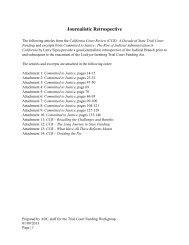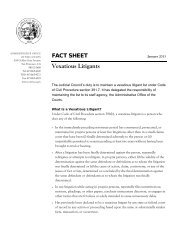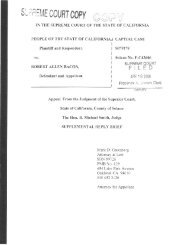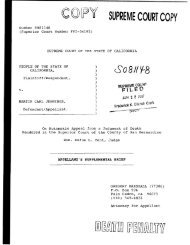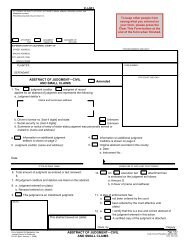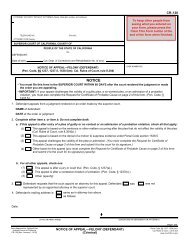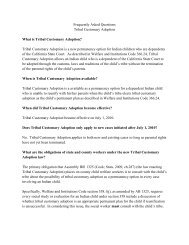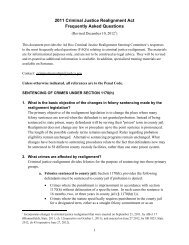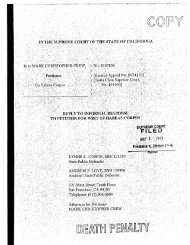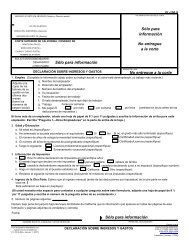Appellant, William Satele, Reply Brief - California Courts - State of ...
Appellant, William Satele, Reply Brief - California Courts - State of ...
Appellant, William Satele, Reply Brief - California Courts - State of ...
Create successful ePaper yourself
Turn your PDF publications into a flip-book with our unique Google optimized e-Paper software.
turn relied on the language from Wickersham, as set forth above, explaining that<br />
invited error is designed to prevent an accused from gaining a reversal because <strong>of</strong><br />
an error made at his behest, where the defense counsel intentionally caused the<br />
trial court to err.<br />
As explained in <strong>Appellant</strong>'s Opening <strong>Brief</strong> and Respondent's <strong>Brief</strong> (AOB<br />
64, RB 150, (13RT 3071, 11. 11-28), after the prosecutor argued that CALJIC No.<br />
8.31 was not applicable, the court asked if the defense agreed. Counsel for<br />
appellant answered that he had his own requests, and the court stated it would<br />
address them later. Counsel for Nunez said he thought they had instructions for<br />
second degree murder included. The court then stated that second degree murder<br />
instruction was included in the other instructions. (13RT 3071.)<br />
As a result, in this case, although respondent labels this exchange as the<br />
defense "tactically" agreeing that CALJIC No. 8.31 was not a proper instruction,<br />
there is no evidence that appellant asked the court not to give an instruction for<br />
second degree murder based on implied malice. Rather, it appears to be an issue<br />
that was overlooked when instructions were discussed. Because there is no reason<br />
to conclude that defense counsel requested the instruction not be given, or that the<br />
omission <strong>of</strong> the instruction was a tactical decision on the part <strong>of</strong> appellant's<br />
counsel, the doctrine <strong>of</strong>invited error is not applicable.<br />
D. Substantial Evidence Supports The Need For CALJIC No. 8.31.<br />
Respondent agrees with the proposition that a trial court has a sua sponte<br />
duty to instruct on general principles <strong>of</strong> law that are closely and openly connected<br />
with the evidence when there is "substantial" evidence supporting the instruction.<br />
(RB at p.148.) However, respondent contends that there was no error in not<br />
instructing the jury with CALJIC No. 8.31 because no substantial evidence<br />
supported that instruction. (RB 151.)<br />
Respondent's contention is flawed for several reasons.<br />
31



